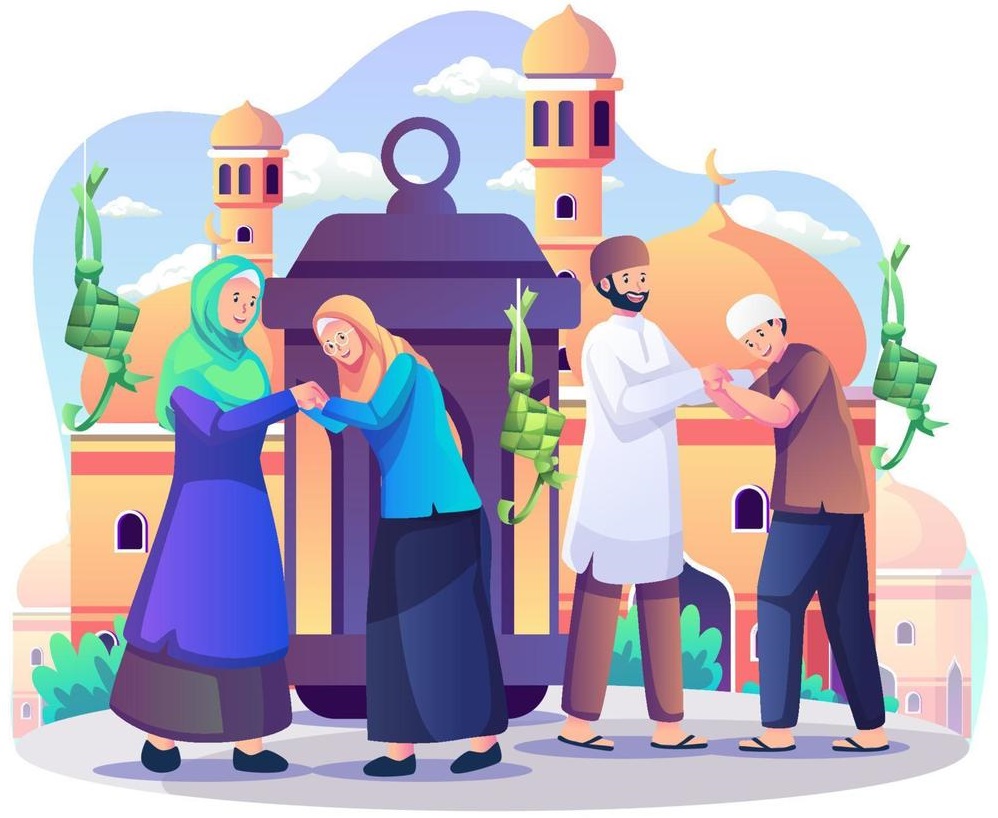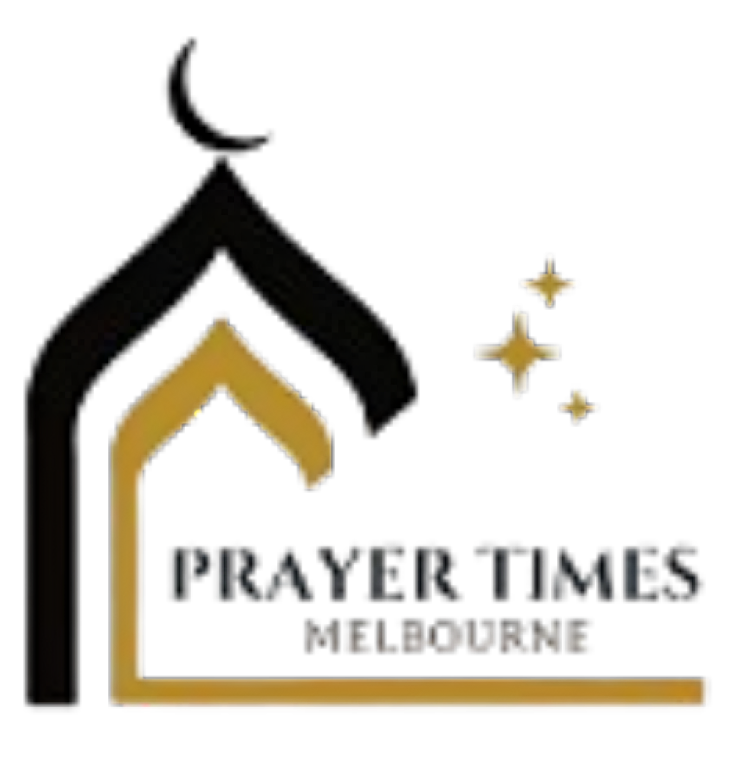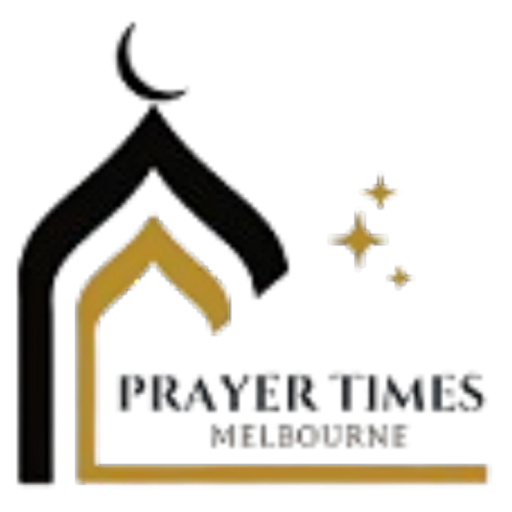Eid Ul Fitr
Eid Ul Fitr in Australia
Eid al-Fitr is a significant Islamic festival that Muslims around the world celebrate at the end of the Islamic month of Ramadan. This holy month is specifically dedicated to fasting, Islamic prayers, religious obligations, and spiritual growth, which every Muslim performs with adjusted daily routines. Eid Ul Fitr in Australia is observed as the first day of Shawwal after the moon sighting by the completion of the Ramadan month. It begins with the sighting of the new moon and is commemorated with community-wide prayers at dawn. Muslims express gratitude for the strength and blessings received during Ramadan by engaging in acts of charity, such as Zakat al-Fitr (Fitrana), which ensures that the underprivileged can also participate in the festivities.

Eid Ul Fitr in Australia is celebrated over three days, during which families and friends gather for meals, exchange gifts with each other, and don new clothes to mark the occasion.Communal activities, visits to graves of loved ones, and heartfelt greetings like “Eid Mubarak” show a spirit of unity and joy. The Eid festival also serves as both a reward for Ramadan’s sacrifices and a moment to renew bonds within the community for Muslims.
Religious Significance
Eid ul-Fitr epitomizes the successful completion of Ramadan. It is such a time when people exercise utmost self-control and worship Allah the Almighty for the whole duration. Eid Ul Fitr in Australia celebration starts during the appearance of the moon crescent and is interpreted as gratitude to Allah since it has provided people with the stamina to survive the fasting period. Charitable acts— one of them being Zakat al-fitr—would be pivotal enough in allowing the entire community populace to enjoy the festival in all respects.
When is Eid Ul Fitr in Australia
Eid Ul Fitr in Australia is more likely to take place on the evening of Thursday, 19 March 2026, depending on the sighting of the moon after the ending of the Ramadan month. Unlike the more commonly used Gregorian calendar, the Islamic calendar operates on the lunar cycle. This means that all significant days in the Islamic calendar move forward approximately 11 days each year. Therefore, the sighting of the moon determines the end of Ramadan and the beginning of Eid.
As with each day in the Islamic calendar, the next day begins after the Maghrib prayer (just after sunset) of the same day. Eid begins after the moon has been sighted. Therefore, the last day of fasting ends at Maghrib.
- Perform Ghusal
- Dress Up One’s Best
- Eat before Eid Prayer
- Walk to Eid Prayer
- Recite Takbeer
- Perform Eid Prayer
- Offer Eid Greetings

